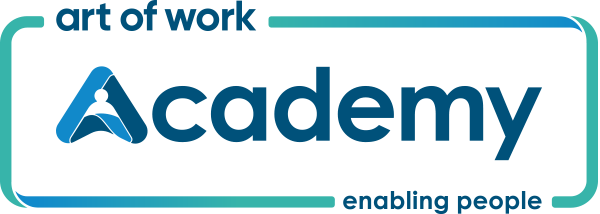if people would just follow the rules
It's now September 2020, we are six months into COVID-19, and it is still a mystery as to what the year ahead will bring. Now, is the time when we can take stock and reflect as to where we are and what we have learnt so far.
The COVID-19 experience, in one sense, is an opportunity to observe a global experiment in which different strategies and philosophies have been applied to a worldwide challenge, often within a local construct. I think it is helpful to view this experience through the lens of safety differently where we can see in practice the strategies and interventions that are drawn from safety I and safety II approaches.
In the initial phases of the COVID-19 response, there was a clear sense of common purpose and collaboration across communities, business and government alike, all seeking to work in harmony. There was tangible success from this cooperative and collaborative effort. However, divergence started to appear as time went on, where we can now see the emergent variations in different geographical and political contexts.
In the safety I context, which has emerged in Australia as the dominant paradigm, people have been viewed as a problem to control; where problems would be resolved “if only people would just follow the rules”. Therefore, “Rule Breakers” need to be controlled with increasing constraint, in an environment of fear and punishment. In this condition, the dominant public and political discourse has been a culture of blame and persecution.
An alternative approach to this situation is the application of freedom within a framework. In this context, the problem response would be framed with the engagement of a common purpose for all stakeholders, where there were few and simple rules and people were enabled to make informed decisions. In this safety differently paradigm, people would be engaged and trusted with a sustained effort to learn continuously. The intent of this approach would be to create and sustain adaptive capacity. The strategies and tools deployed would be informed by evidence and risk. Leaders would harness the knowledge and insights from those that do the work to understand how success is created and broken.
As we work through these difficult challenges, there is a real requirement to understand the needs of the people we are seeking to protect, and that we view stakeholders and individuals as a solution to engage rather than a problem to control. As we navigate our way through the coming months, re-establishing a common purpose in an environment that sponsor’s engagement and trust will enable us to navigate to the best outcome that can be achieved.


